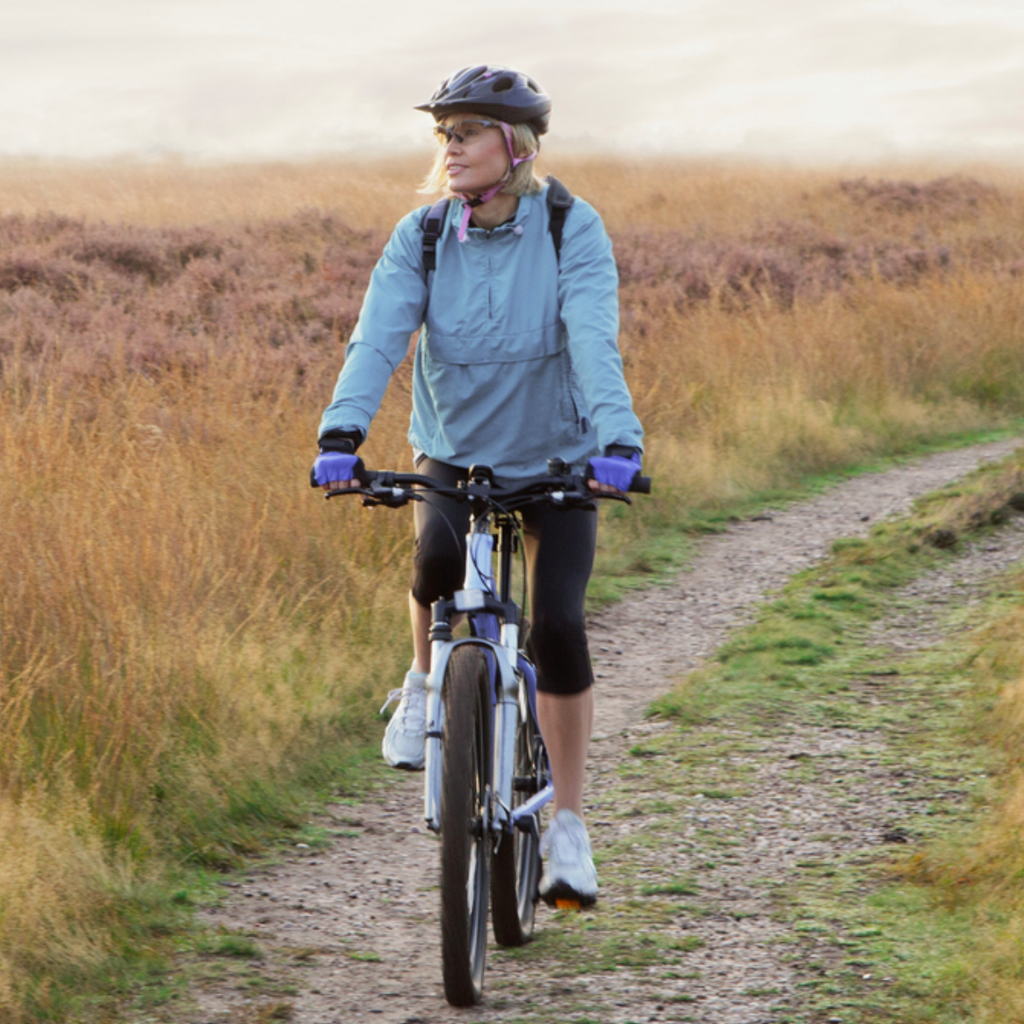Fresher’s week is upon us and oh what an exciting time it is for everyone entering a new chapter! Whether you’re the student who is out making new friends, partying hard and trying out any activity you can; the student enjoying the course you have worked hard to get a place on, spending endless nights in the library, and taking part in extra-curricular activities; or the all-rounder student who seems to be at every party and still make it to your exam at 9am the next morning, the university experience will bring its own trials and tribulations to test your health. But rather than having to take on the additional worry of looking after your health, we’ve put together a 4 part series focusing on different areas of student health: responsible drinking and hangover cures; coping with exam stress; preparing for summer adventures. This first article kicks off by focusing on healthy eating on a budget.
Whilst it may be tempting when you move somewhere new to try every café, restaurant and takeaway in the area, this is expensive on a student budget and as delicious as Gino’s late night pizzas are, unfortunately, they won’t fuel your body with all the nutrition you need to support your health, your energy levels for withstanding long lectures, and your brain power for exams and revision. So before you reach for that take-away menu, have a quick read through these top tips to ensure your optimal health, and save your pennies for better uses.
Self-learning
Some of you may have been lucky enough to have had a cooked meal prepared at home on most days prior to fleeing the nest, making it even more difficult to know where to begin when it comes to preparing a healthy meal. But thanks to modern technology, there is now this great little invention called the internet, and this is where we turn to learn everything. Short YouTube videos from celebrity chefs such as Gordon Ramsey and Jamie Oliver will teach you all you need to know, from how to chop an onion to how to make scrambled egg, as well as providing a wealth of cookery videos to make your perfect dish, so put those expanding brain cells to good use and start developing new cookery skills that will serve you forever.
Slow cooking
Now might be a good time to invest in a slow cooker, maybe even ask family members if they have one they don’t use or see if someone wants to gift you one to ensure you keep healthy whilst away from home. Slow cookers are a great way of saving both time and money as you can throw all your ingredients in, set its cooking time and be on with your day. After a busy day of lectures, you can return to a delicious meal with plenty left over to freeze for days when you don’t have time to cook. This is also a great way of utilising food and meats that might be nearing their use by date; don’t throw them away, get inventive with your dishes or have a look online. Recipes are usually as simple as using any meat, fish or a variety of pulses, with water and stock, plenty of vegetables and herbs and spices for flavour. Simple and delicious.
Shop wisely
Whilst it’s convenient to nip to the ‘express’ or ‘local’ supermarket, you will find that it’s much cheaper to go to the superstore or shop at low cost supermarkets. Whilst we always advocate the use of organic foods for better quality produce that have been subject to fewer chemicals, hormones and antibiotic exposure, a university budget cannot always afford this luxury. If you have a local farm shop or farmers market, try purchasing your foods from there as they will have been sprayed with fewer chemicals to preserve them whilst in transit. If this is not possible however, ensure you wash all fruits and vegetables before using them in water mixed with a little apple cider vinegar to remove pesticide residue. You can read more about the “dirty dozen”, fruit and vegetables that are subject to high levels of chemical exposure when not purchased organically, at ewg.org. Also, purchasing fruits and vegetables that are in season will reduce price and toxin exposure as they do not have to be preserved for as long and should be fresher. Have a look online to find out what fruits and vegetables are in season.
Familiarise yourself with the ‘reduced’ sections of supermarkets as these foods usually have a same day expiry and are therefore perfect if you’re looking for inspiration for a meal that day; you might even be able to treat yourself to steak at a discount. Some reduced price foods simply have damaged packaging and are well within the expiry date, making it well worthwhile looking. Fresh produce, such as bread from the bakery, sandwiches and cakes from the patisserie, and meat from the butcher, may also be reduced if you pay a visit just before closing time.
Frozen food often means fresher food as it tends to be frozen shortly after being picked, and in many cases they can be better value too. Frozen fruits can be added to smoothies, porridge, homemade muffins and to make delicious homemade sauces, whilst frozen vegetables can be added to stews, soups and pies, and as they are frozen, you don’t need to worry about them going out of date any time soon. You could also try freezing a loaf of bread rather than leaving it out to go stale after a few days; this way you can take a slice out when you want and toast it.
Meat can be expensive, so try bulking out dishes such as chili con carne with lots of pulses like chickpeas, kidney beans and lentils to get a wider variety of nutrients at a cheaper price. You can buy tins of pre-soaked pulses relatively cheaply but can make even more savings from buying bags of dried pulses and pre-soaking them yourself. This way you will reduce exposure to aluminium (which has been linked to health conditions) and chemicals such as chloride, which is often used commercially to soak pulses. For more information on what pulses need to be soaked and for soaking times, check out Real Foods website.
Compare the cost of different meats – turkey is cheaper than chicken, whilst pork mince is cheaper than beef and lamb mince. Cheaper cuts of beef can be made more tender by slow cooking and are simply delicious. When purchasing chicken, consider a whole chicken rather than chicken breasts or legs, which can be more expensive. You can then use all parts of the chicken for several different meals, e.g. chicken breast to make fajitas, thighs to make a stew and wings can be coated in flour and spices to create your own southern fried chicken. Before disposing of the carcass, why not try making a simple bone broth by boiling the bones with apple cider vinegar. After eight hours of simmering (another use for that slow cooker), removing the froth from the top and straining the bones out, you are left with a healthy liquid that is full of minerals and will feed the good bacteria in your gut. This can be frozen to make homemade stock for future dishes or simmered with vegetables to make a delicious healthy soup or snack.
Summary
The key is, if you can make it yourself, do so. When buying pre-prepared meals, not only are you paying for the packaging and for the service of someone preparing it for you, you are also exposing yourself to more chemicals and ingredients that you don’t need. Whilst buying the ingredients up front may cost more initially, in the long run you will save a lot of money. You can even make your own pasta sauces using passata (or tinned chopped tomatoes – even cheaper) and herbs rather than buying a prepared jar. Why not make several meals in one go or suggest sharing meals with housemates, taking it in turns to cook for each other. If you’re sharing with international students, this may be better than going to your local restaurants as you will be getting a more authentic dish and may even expand your repertoire by learning how to make it yourself! Try also preparing your own lunch and snacks to take with you for a day of lectures rather than buying packaged sandwiches, salads, crisps and chocolates for further savings. Below are some healthy and budget recipe ideas.
Breakfast boost
Breakfast, as the saying goes, really is the most important meal of the day! Using the right ingredients, you can ensure that your body is getting lots of healthy nutrients to help set you up for a good day and provide you with lots of energy before your next meal. We appreciate that having the extra 10 minutes in bed can seem a lot more appealing than busying yourself in the kitchen to make breakfast, so why not try baking eggs ahead of time. Whisk six eggs and pour into a greased baking tray, adding in frozen peas, chopped onion, grated carrot and grated courgette, season with Himalayan salt and ground black pepper, sprinkle with cheese and bake for 20 minutes. Kept in the fridge, this should provide you with a prepared breakfast for three days, providing you with protein and lots of nutrients to kick-start your day. Alternatively, why not try making a big batch of your own granola like usng recipes from Deliciously Ella, making it much cheaper than buying boxes of cereal which are often filled with added sugar and don’t offer much in terms of much nutritional value.
Lunch and snacks on-the-go
You can see by now that making your own really is much cheaper than buying ready made, so instead of buying a pre-packaged sandwich, a packet of crisps and a can of pop, make your own. Sandwiches can be made on wholegrain bread rather than white bread to help maintain energy levels and prevent mid-afternoon cravings. You can also add a lot more filling rather than a measly slice of ham usually found on pre-packaged sandwiches. Ensure you opt for a healthy source of protein such as chicken or turkey (or egg for vegetarians), add lots of salad and use a spread such as a homemade hummus (which is really cheap and easy to make, as long as you have a blender) to provide lots of good quality nourishment to your meal. Whilst it’s cheaper to buy multi-packs of crisps (and we do know they’re too easy to fill up on), there isn’t much in terms of nutritional value to these snacks as they tend to be rich in saturated fats and salt. If you want to snack on something, why not try baking tinned chickpeas in the oven for 25 minutes with a mixture of herbs such as paprika, chili powder, cumin and coriander mixed in coconut oil or butter. If you use dried pulses, ensure your chickpeas are soaked and dried before cooking. Alternatively, try preparing a fruit salad using the current seasonal fruits of apples, grapes, plums, figs and pears, and enjoying with a serving of full fat Greek yoghurt, a sprinkling of nuts and a drizzle of honey.
For a refreshing, healthy and low-cost drink idea, consider purchasing a water bottle containing an infuser (try Sistema Tritan), adding filtered water and filling with frozen berries, cucumber and mint, or lemons and limes for a citrus twist providing lots of vitamin C. During the winter months, consider taking a flask filled with hot water to lectures, with your own tea bags – much more cost efficient than purchasing a hot drink from the canteen or local coffee shop.
Hearty dinners with planned leftovers
For a warming and nutritious meal following lectures during the colder seasons, why not try making a lentil and chorizo stew? This is also perfect for eating with friends. Fry 1 chopped onion with 2 cloves of crushed garlic. When browned, add 1 tin of tomatoes and 1 carton of passata, bringing to the boil. Add a glug of olive oil, a squeeze of tomato paste, some dried mixed herbs and crushed chili, and season with salt and pepper. Add chopped chorizo, broccoli florets, a chopped courgette, a grated carrot, and chopped celery along with a tin of drained lentils. Leave to simmer for 30 minutes, serving with sweet potato mash and peas cooked from frozen. This provides a twist on a warming winter stew whilst also providing a good source of satisfying complex carbohydrates and lots of vegetables for added nutrients. Alternatively, why not try a recipe for Pilchard Puttanesca from BBC Good Food as pilchards are a great source of omega-3 fatty acids, providing essential nutrients to help keep your cells healthy, especially your brain cells. If you don’t like pilchards you could try the recipe with mackerel or salmon for the same health benefits and serve with some roasted seasonal vegetables.
As much as anything, enjoy preparing and eating your own food. Whilst it saves you money now (and probably attracts a few admiring friends) it sets you up for a lifetime of exciting experimentation and enjoyment. Food is wonderful. Enjoy!








